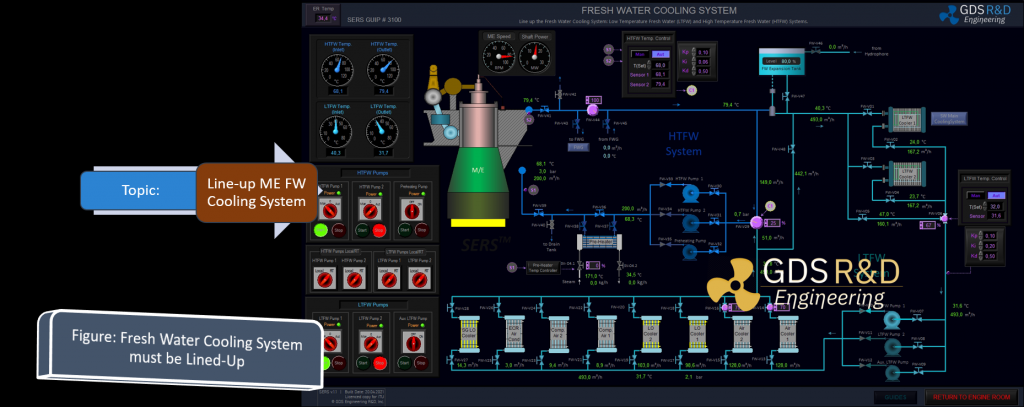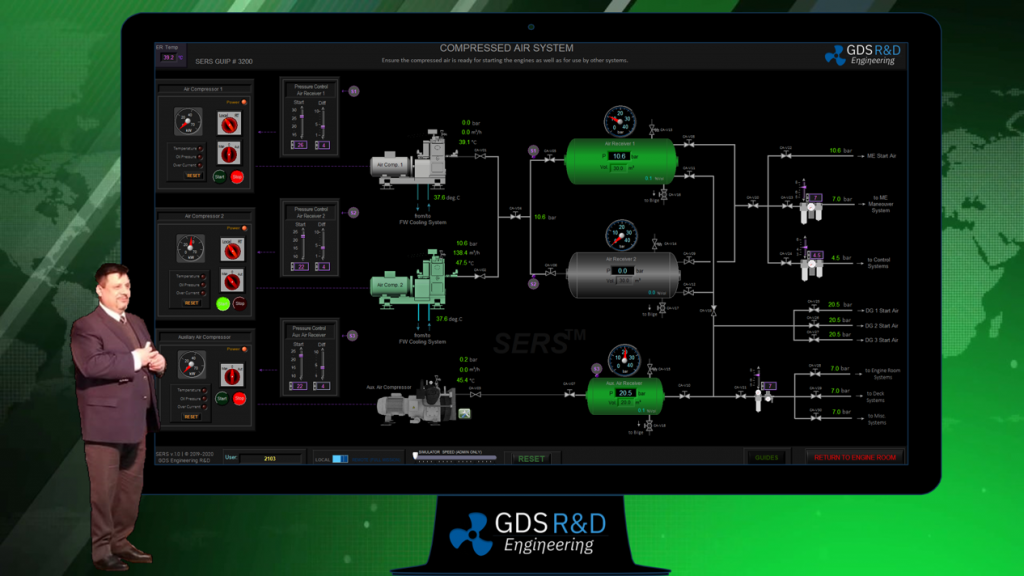Journal Article:
Ocean Engineering, Volume 245, 1 February 2022, 110514
Hasan Ugurlu, Ismail Cicek, Analysis and assessment of ship collision accidents using Fault Tree and Multiple Correspondence Analysis, Ocean Engineering, Volume 245, 2022, 110514, ISSN 0029-8018,
https://doi.org/10.1016/j.oceaneng.2021.110514.
(https://www.sciencedirect.com/science/article/pii/S0029801821017923)
Authors
Hasan Uğurlu and Ismail Cicek
Highlights
• 513 ship collision accidents for all ship types, dated since 1977, were studied.
• 39 primary causes for collisions were examined with fault tree analysis.
• Importance and probability values for each primary cause are presented.
• Results indicate which COLREG Rules are violated the most.
• Recommendations are provided for reducing the potential collision accidents.
Abstract
Our research study indicates that, over the past few decades, the expected decrease in the number of maritime accidents has not occurred. The statistics show the collision and contact types of marine accidents have always been the most frequent. Primary causes that contribute to ship collisions were collected from 513 collision accidents reported since 1977, which is the date the Convention on the International Regulations for Preventing Collisions at Sea, 1972 (COLREGs) came into effect. The root causes of ship-to-ship collisions were determined statistically. Qualitative and quantitative analyses were carried out using the Fault Tree Analysis (FTA). This provided the probability and importance of the primary causes contributing to the ship collision accidents and defined minimal cut sets. Results show that the violation of the COLREG Rules is the most important and effective factor for collision accidents. Therefore, further analysis was conducted and the results showed which type of COLREG Rules mostly violated statistically. The primary causes were also examined by Multiple Correspondence Analysis, and it was determined that maneuvering and perception errors were the most effective factors in collision accidents. The results represent the cause statistics of the ship-to-ship collision accidents that occurred in the last 43 years. Considering the collision accident reports data, our results show %94,7 of collision accidents are related to human error.
Read more at Ocean Engieering journal…
Keywords
Maritime accidents, Ship collision, Fault tree method, Multiple correspondence analysis, Collision regulation, Human error
DOI: https://doi.org/10.1016/j.oceaneng.2021.110514
Why is this Paper Important?
The results represent the cause statistics of the ship-to-ship collision accidents that occurred in the last 43 years. Considering the collision accident reports data, our results show %94,7 of collision accidents are related to human error.
- 513 ship collision accidents for all ship types, dated since 1977, were studied.
- 39 primary causes for collisions were examined with fault tree analysis.
- Importance and probability values for each primary cause are presented.
- Results indicate which COLREG Rules are violated the most.
- Recommendations are provided for reducing the potential collision accidents.






















